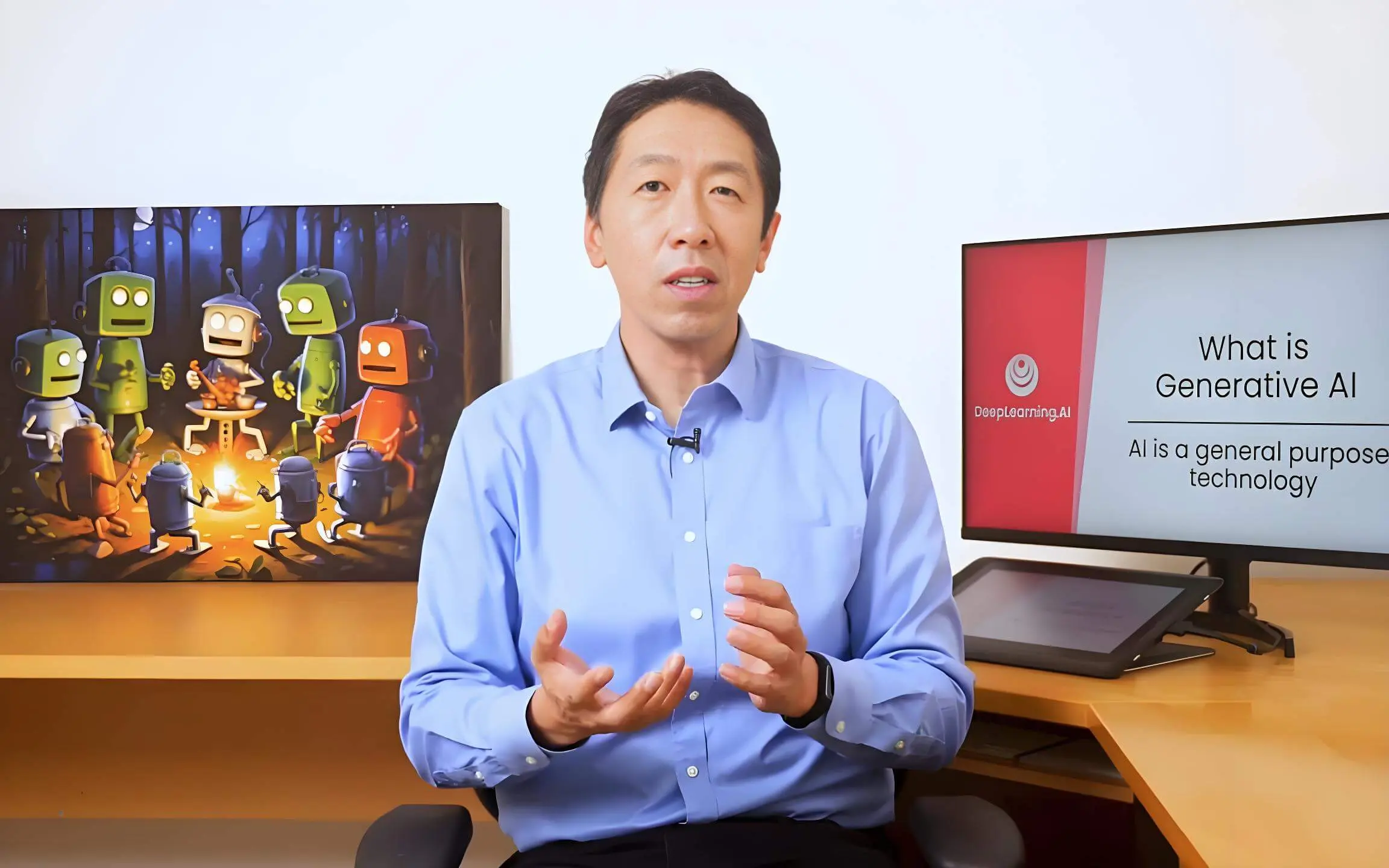
Figma has recently introduced a noteworthy journal named "Prompt." This journal is specifically committed to delving into the profound impact that artificial intelligence has on experience and product design, and how to better integrate these elements with artificial intelligence.
In the inaugural content of this journal, Figma invited their in-house product designers to discuss this crucial question together. As artificial intelligence technology continues to develop at an astonishing pace, the role of design in the product development process has become increasingly pivotal, gradually becoming a key factor in achieving differentiation. So, what does good design mean in an age filled with artificial intelligence? And how can teams be guided to successfully achieve good design amidst the rapidly changing backdrop of technology?
Starting from establishing a solid foundation in algorithms, to boldly envisioning new collaborative creation models, designers have deeply discussed how to create products driven by artificial intelligence. The goal of these products is not only to automate the design process but, more importantly, to significantly enhance the quality of design. By establishing a robust algorithmic foundation, products can be provided with strong technical support, enabling artificial intelligence to more accurately understand user needs and design requirements. New collaborative creation models can fully leverage the advantages of artificial intelligence, while combining the creativity and judgment of human designers to achieve a more efficient and innovative design process. In this process, artificial intelligence can provide designers with abundant inspiration and suggestions, helping them break through traditional design thinking and create even more outstanding products.

